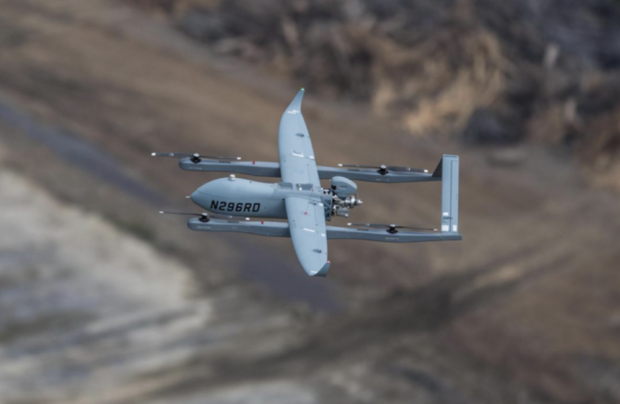announced that it has been issued a special airworthiness certificate from the Federal Aviation Administration (FAA) to conduct civil unmanned aircraft operations at its Unmanned Systems Service and Support Center located in Blackstone, Virginia, adjacent to the Allen C. Perkinson Blackstone Army Airfield (KBKT).
The company received the special airworthiness certificate in the experimental category, abbreviated SAC-EC. The rarely granted authority allows Textron Systems to operate its Aerosonde® MK 4.7G unmanned aircraft system (UAS) within the National Airspace System (NAS) as part of initial and recurring proficiency training missions and research and development (R&D) operations. The SAC-EC represents increased flexibility and convenience for the company’s customers, as well as cost savings that result from the ability to train steps away from the classroom at the Unmanned Systems Service and Support Center.
“This is a significant achievement because of what it says about the safety of operating unmanned systems in the NAS,” said Wayne Prender, Senior Vice President of Air Systems. “We’ve shown that our Aerosonde system achieves an equivalent level of safety compared to conventional aircraft. We’ve backed that up with more than 600,000 hours of flight time and over 3,000 aeronautical research flights conducted at KBKT airfield to support integration in the NAS.”
To grant a SAC-EC, the FAA must determine the company’s proposed operations will have no adverse impact on public safety. Obtaining the approval required the company to submit an in-depth Program Letter, Safety Checklist, operating manuals, an approved Maintenance Inspection program, and to host a comprehensive on-site safety evaluation of every component of the aircraft, the ground station, and the aircraft’s launch and recovery equipment.
Textron Systems’ Aerosonde UAS is a small, high endurance, expeditionary unmanned aircraft. It is powered by a high performance, heavy fuel, direct injection, reciprocating engine and has a broad operational flight envelope. The certification allows the company’s aircraft operators to conduct Visual Line of Sight training and R&D operations in Class D, E, and G airspace.
Source: Press Release

